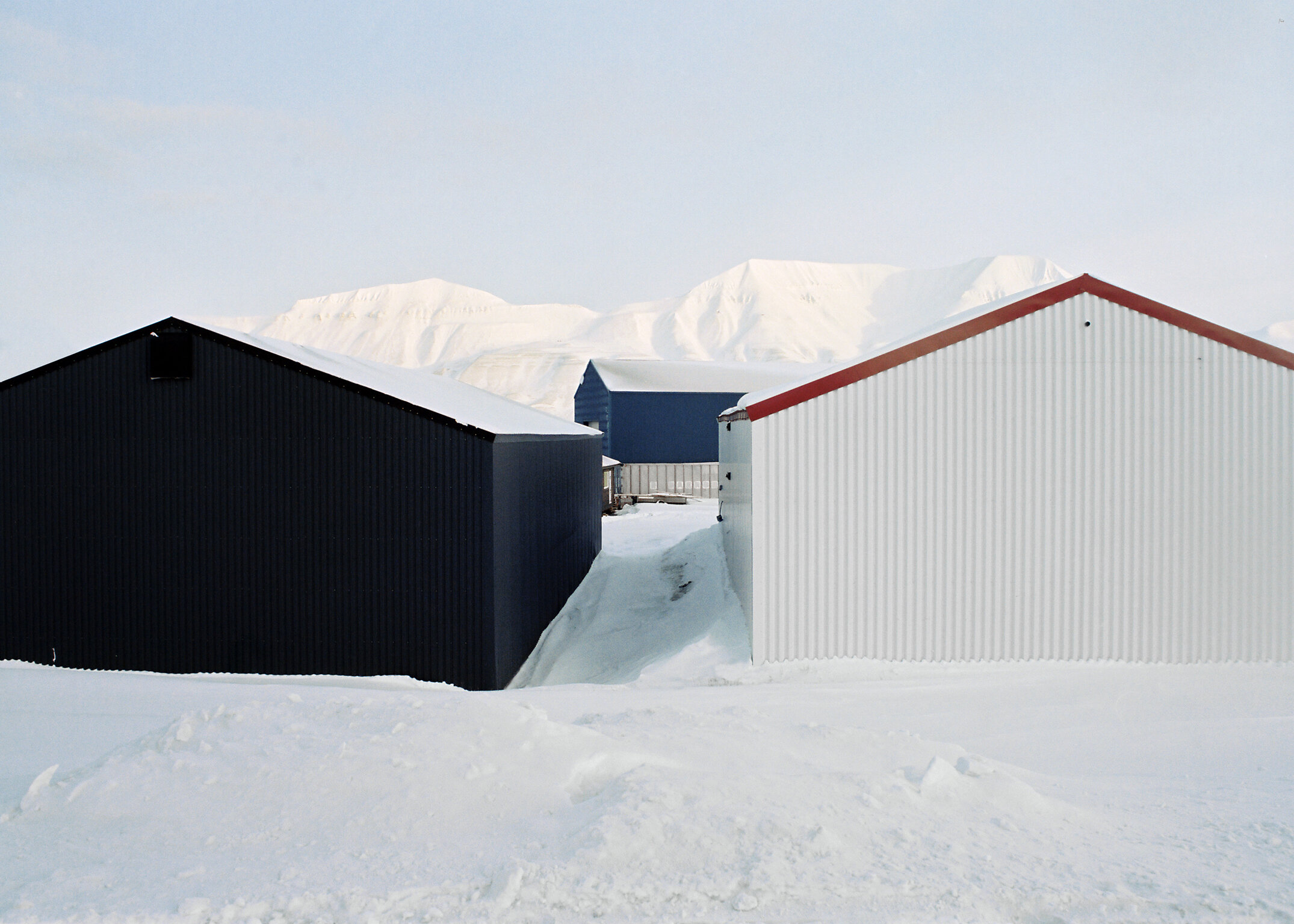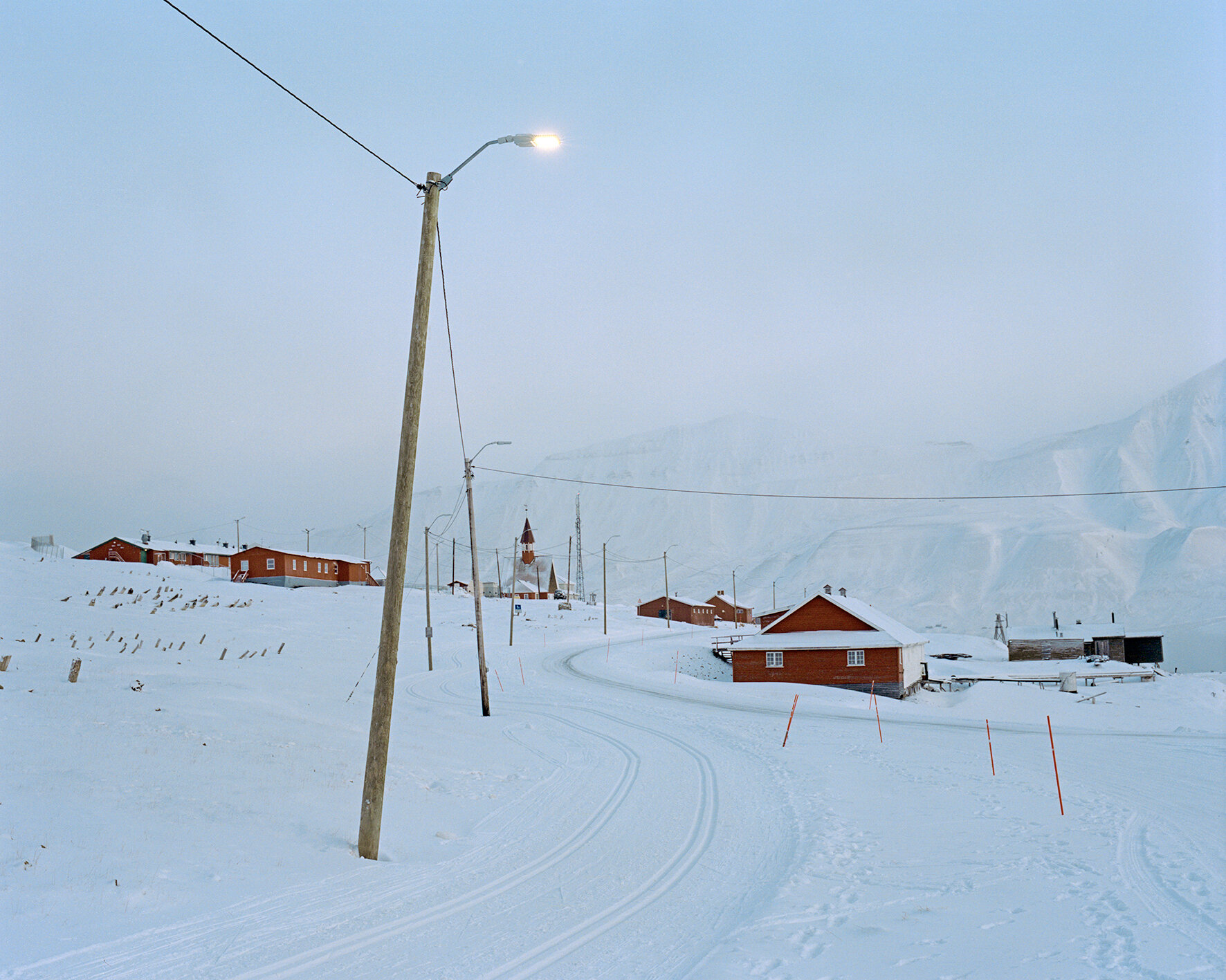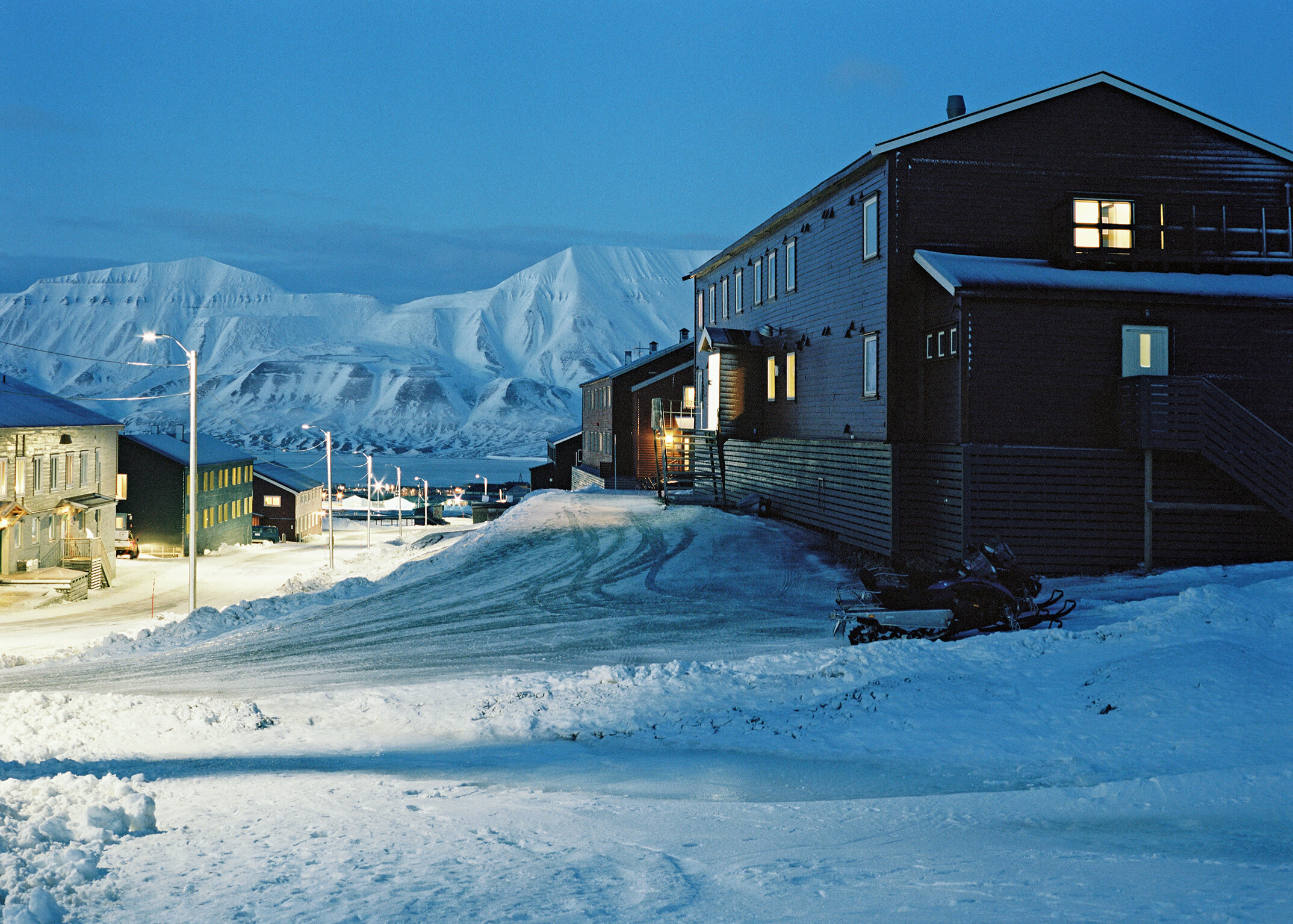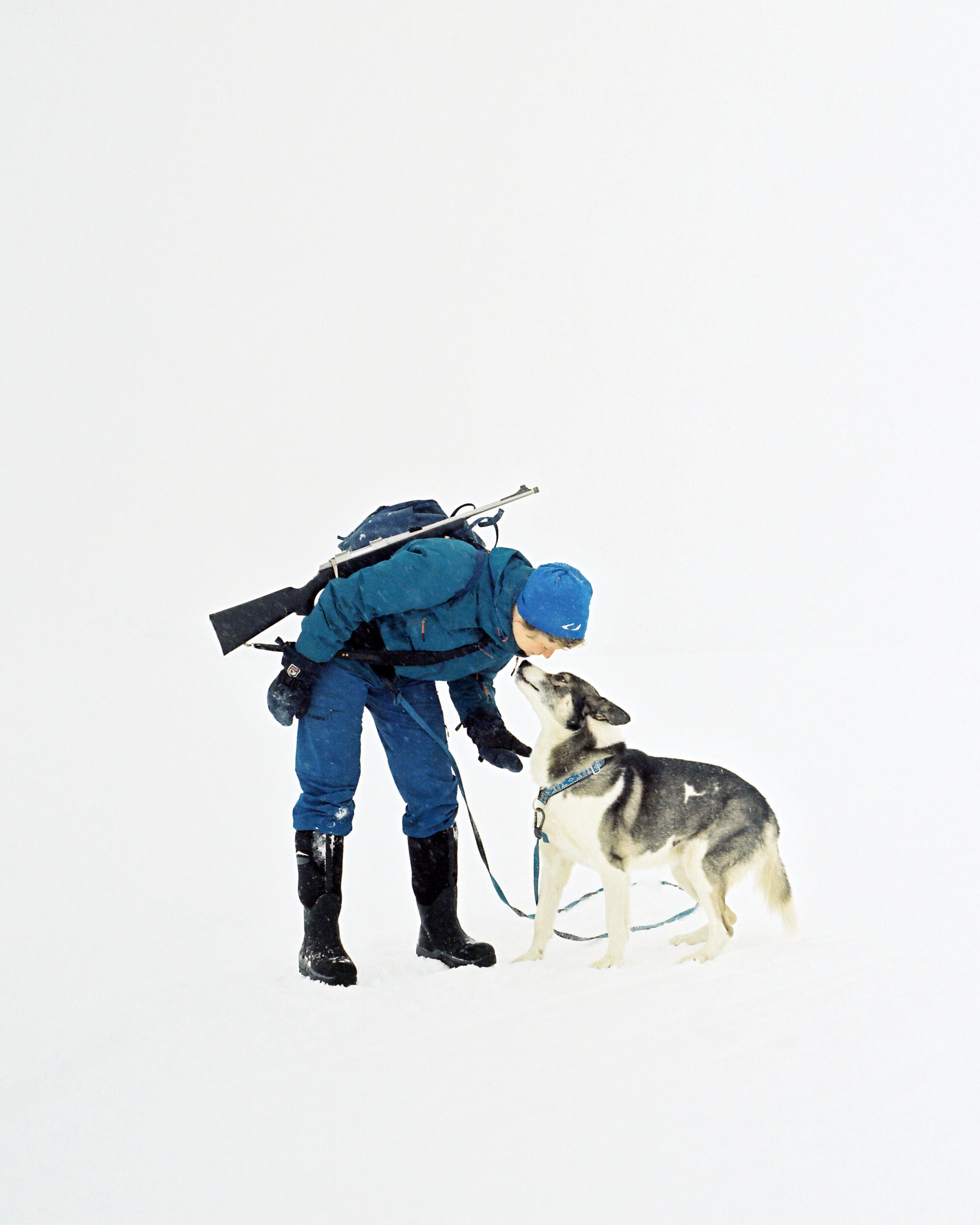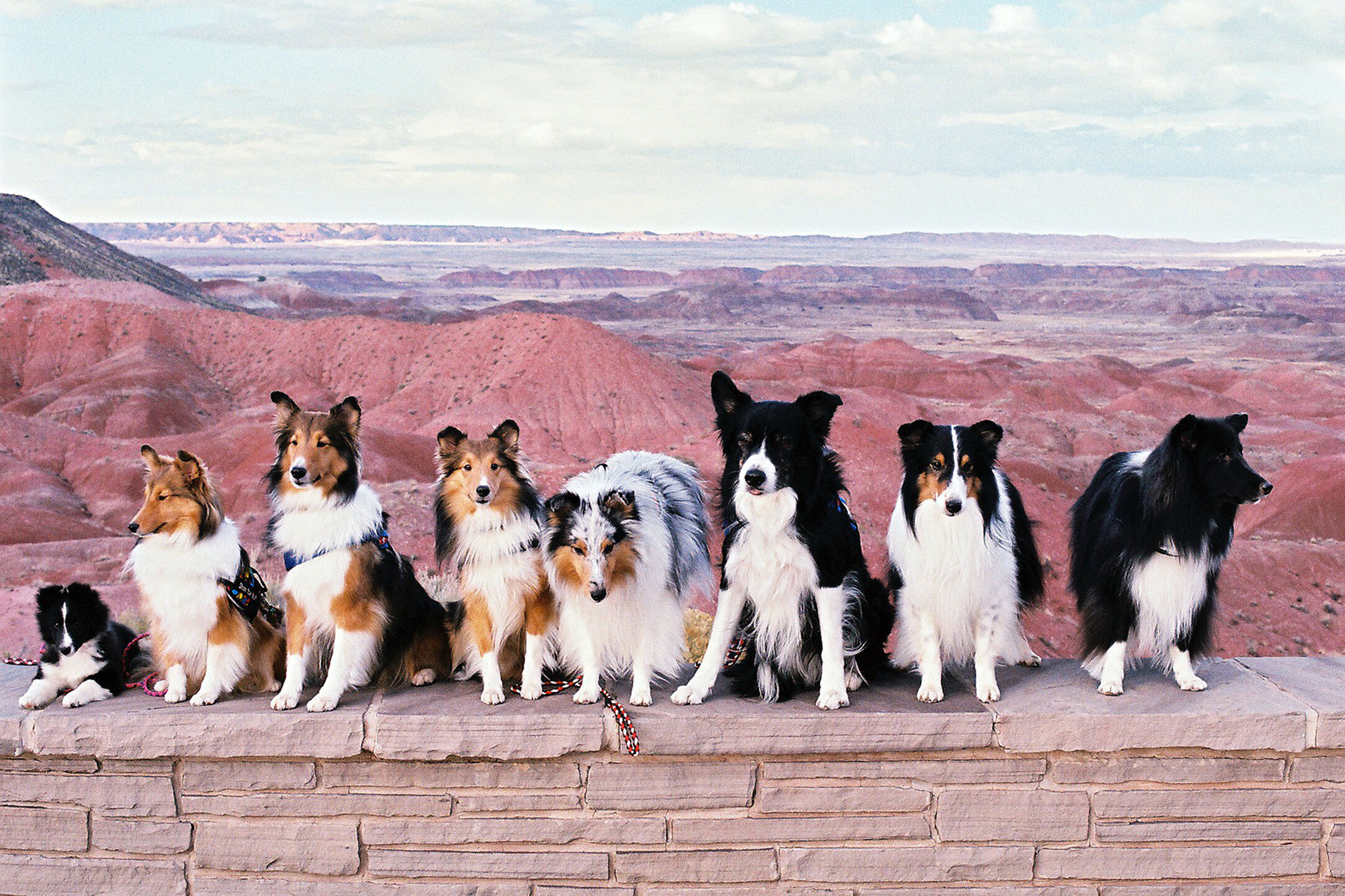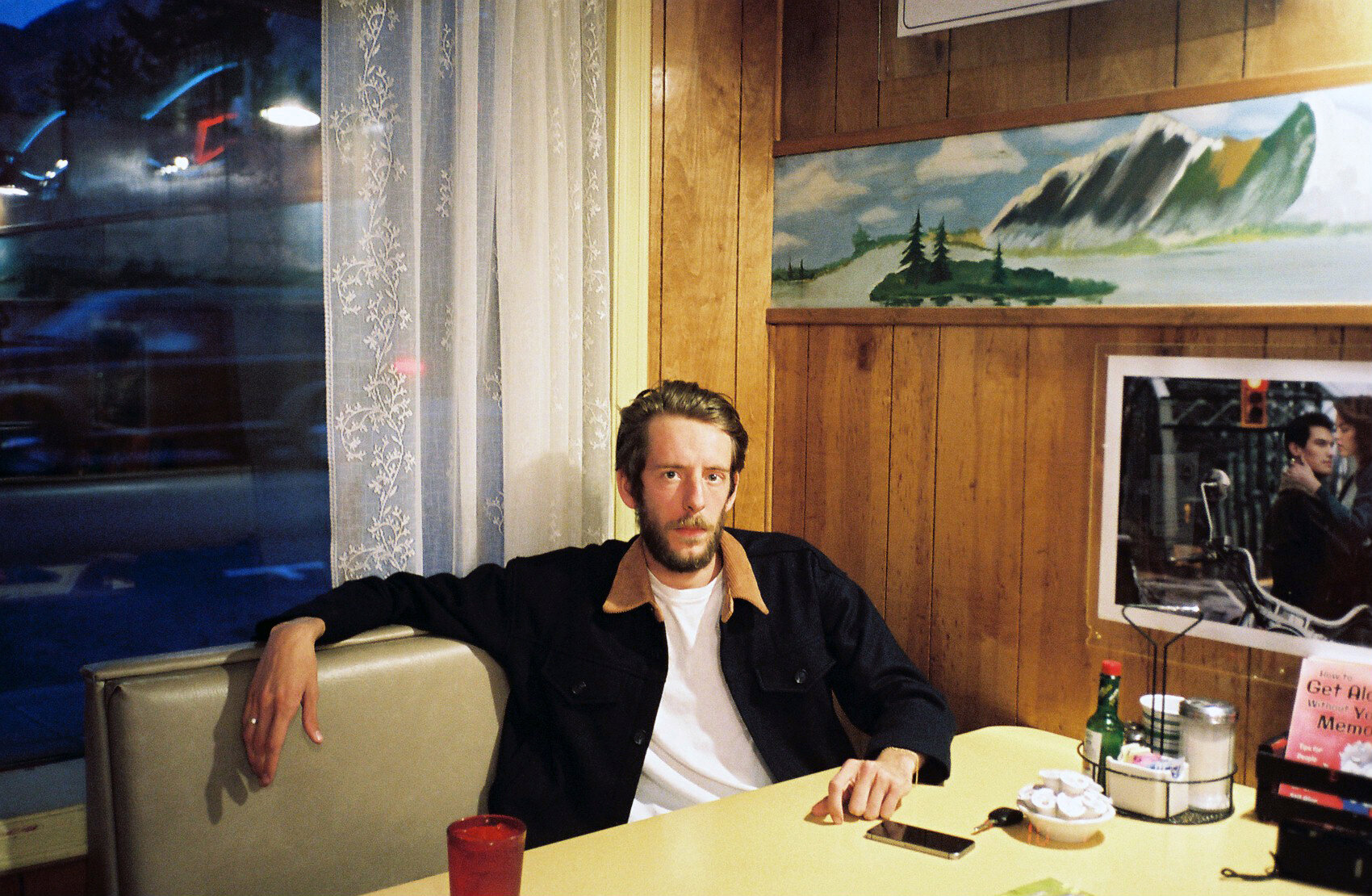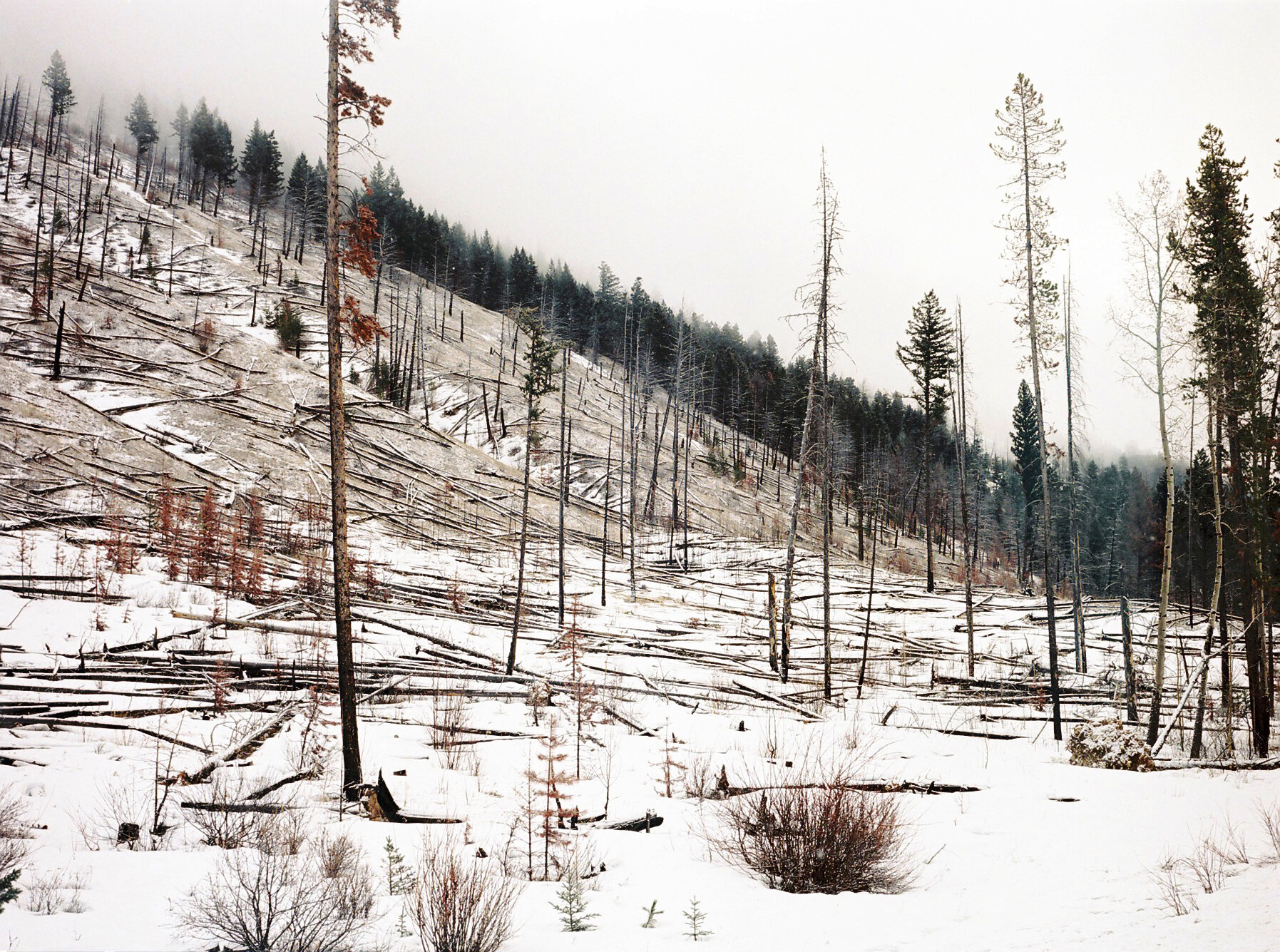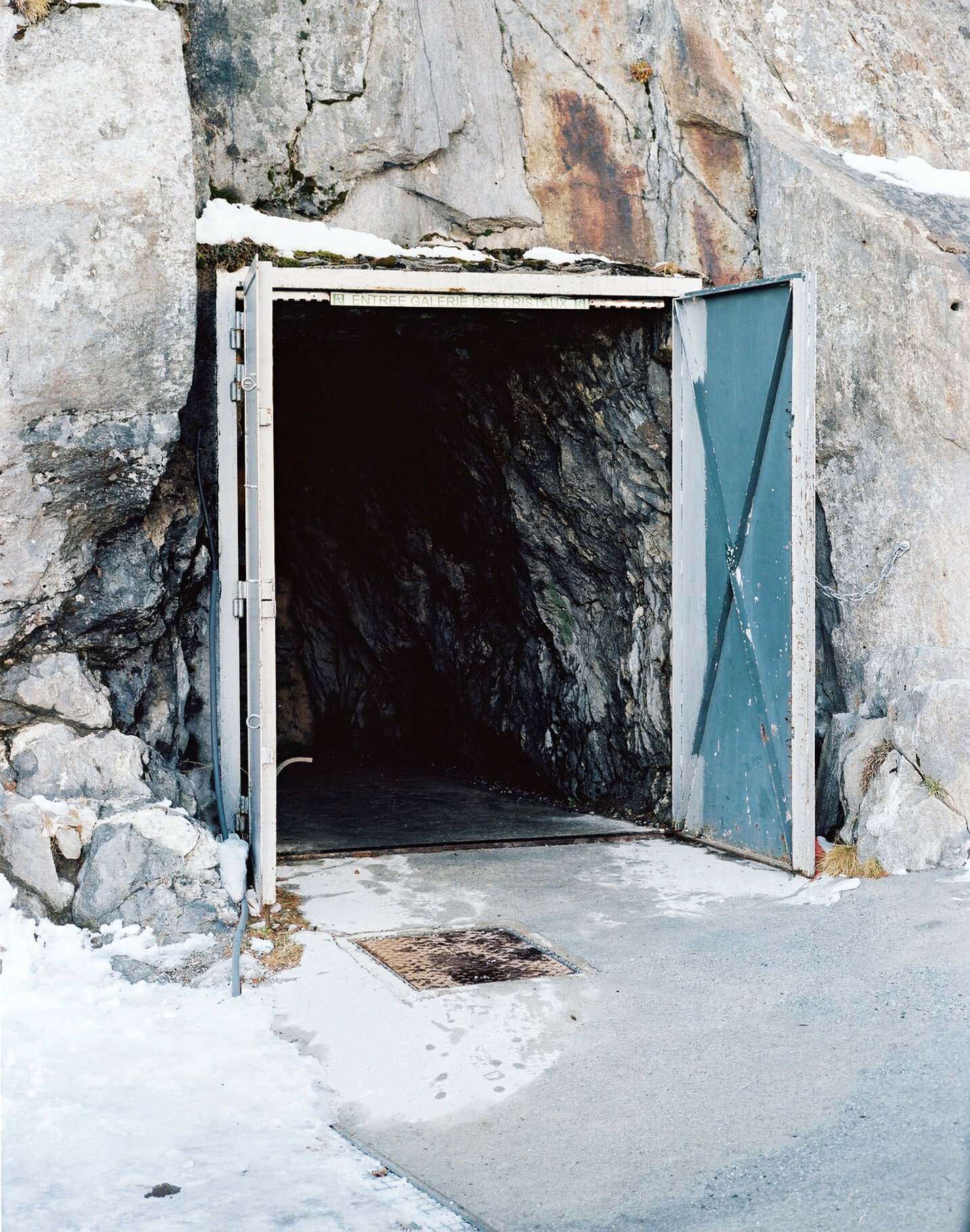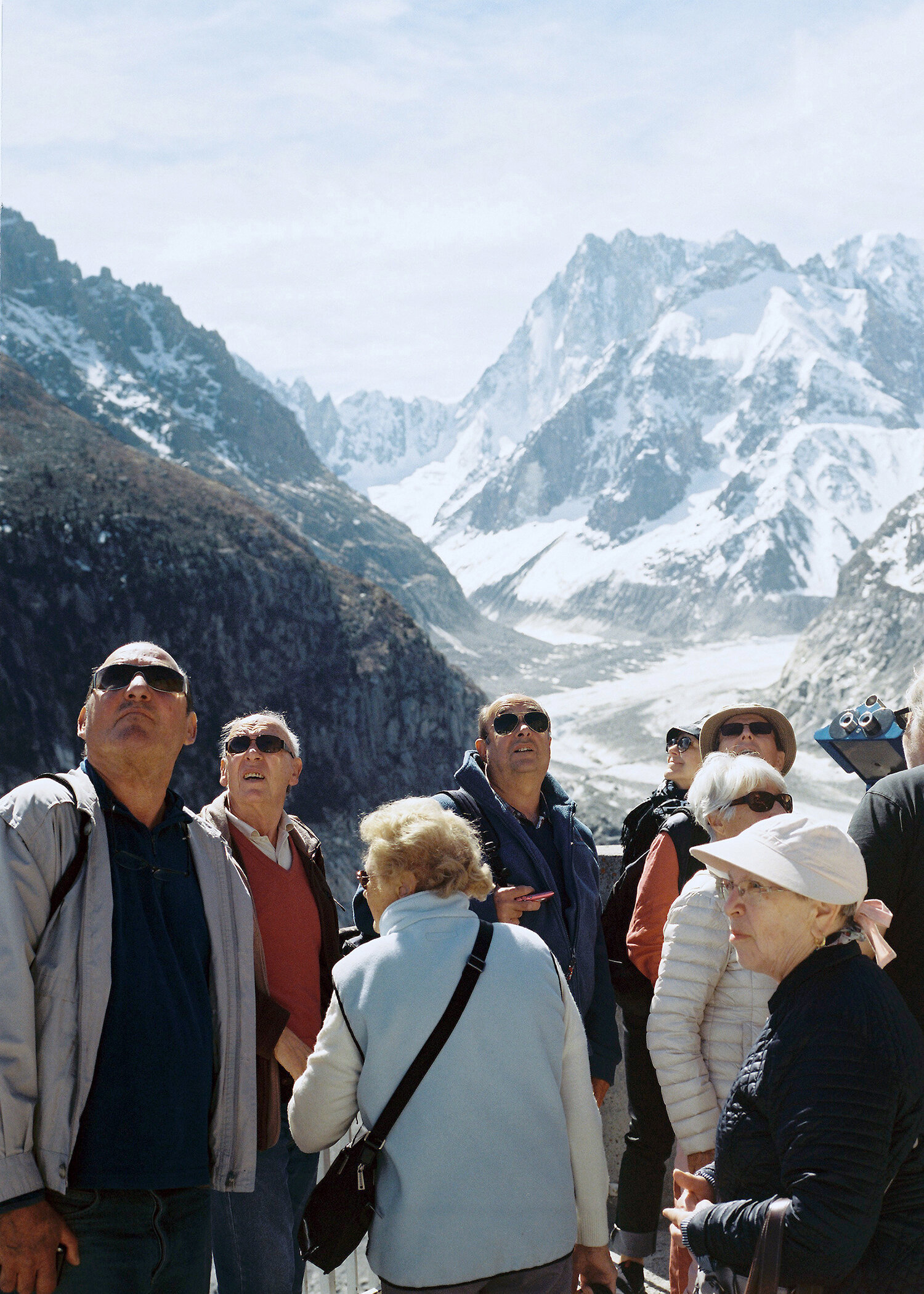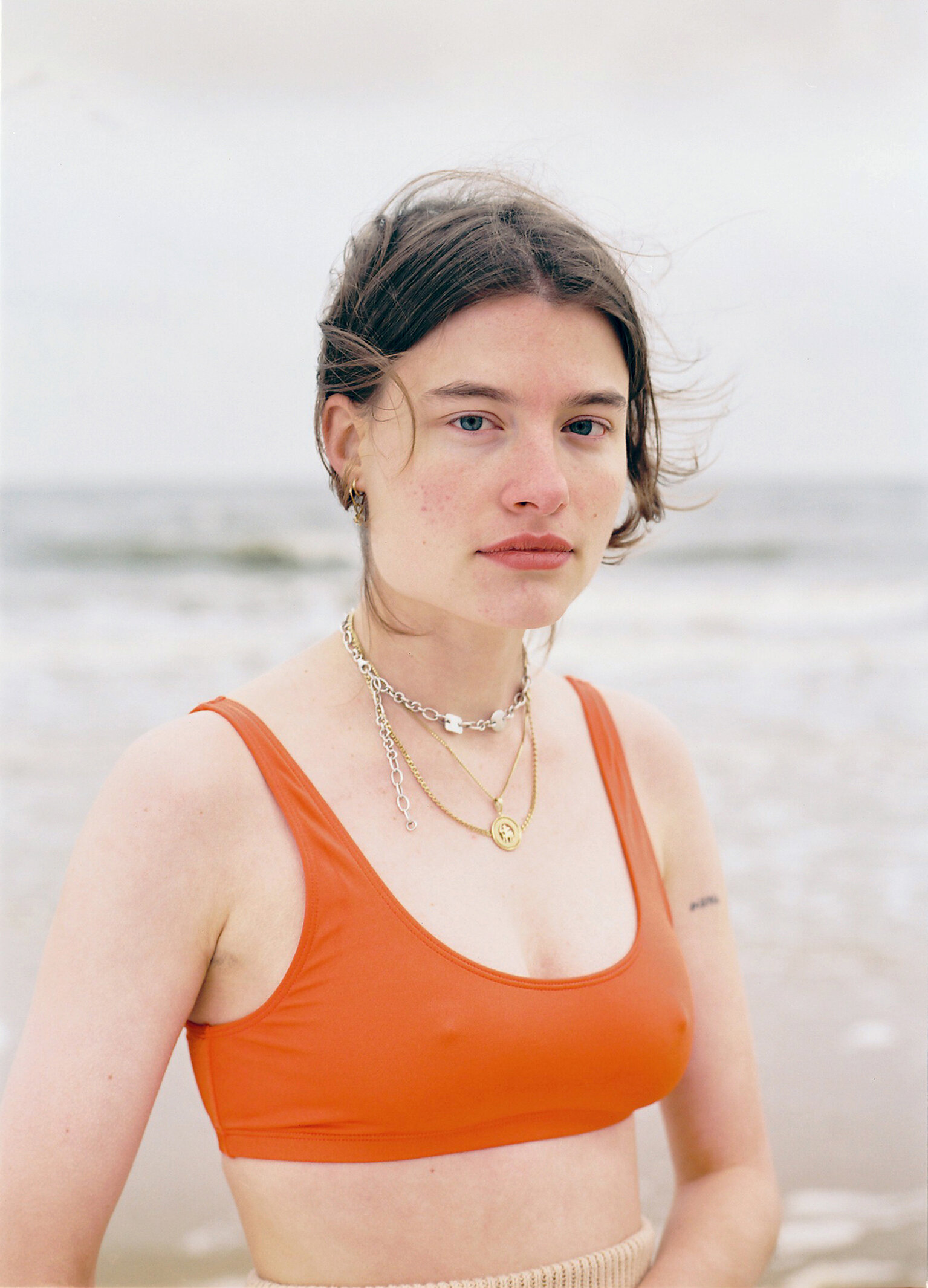Catherine Lemblé
Catherine is a Belgian film photographer based in Brussels. Her work is greatly influenced by her love for nature. We discussed her style, process and how playing with camera as a child impacted her worldview.
Tell us about your introduction to photography. How did you first start taking photographs and how did you decide to make it your career?
When I was about 15 I started messing around with my mother’s analog point and shoot one holiday. It had a remarkable impact on my attitude and the way I looked at my surroundings. When my uncle handed me his old analog SLR I decided to take evening classes in photography and darkroom printing. I’ve always known I wanted to study art after high school and since I already did photography the choice was easily made. I can’t really remember the decision to make a career out of it, it just consistently happened to be the thing I loved to do the most.
Some of the photographers from your series Eyepennies have the kind of direct yet spontaneous quality that works of photographers like Nan Goldin often have. Can you tell our readers about your photographic style and who is/was it influenced by?
Nan Goldin’s direct and honest approach certainly shaped my view on how photography can transport bare emotions. This is something I see in Rineke Dijkstra’s work as well: intimate and revealing portraits, although her approach is more distant. I also love Jitka Hanzlová’s portrayal of a forest near her childhood village, a symbol of memory and loss. Other photographers whose work struck me are Stephen Shore, Robert Adams and the formal elements of the New Topographics.
My work has also been greatly influenced by books. As a teenager, I spent hours flipping through every nature-oriented book of Time-Life editions I could get my hands on, mesmerized by the soft color photographs. Novels such as John Berger’s trilogy Into Their Labours that traces the journey of the European peasant from the mountains to the metropolis, non-fiction works such as Robert MacFarlane’s Mountains of the Mind and Lisa Bloom’s Gender on ice.
What gear do you use to take your photographs and how much time to do you devote to postproduction?
All my pictures are shot on film. I now mainly photograph with a Pentax 67 which is a beast, heavy as hell. I try not to alter much in postproduction other than getting the colors right when scanning the films.
You were born and you live in Belgium, yet your series of photographs titled The West is set in the American Midwest and it feels like true Americana. Your photographs of Utah, Arizona, California really wonderfully illustrate the grandeur and even loneliness of the landscapes. What drew you to photograph these states and what was it like to get to know this side of America, as an artist?
I’ve long been fascinated by America. As a kid, we would go to the video store every Friday night to rent a movie, a highly anticipated activity. The movies were always American, as was the music we listened to. I grew up in Belgium, a rather flat and grey country, in an old factory town (with the particular stench of burnt starch being omnipresent). So it goes without saying that vast, endless, ethereal landscapes blew me away. Add the Time - Life American Wilderness books and I was sold. I guess this scenic road movie fantasy atmosphere seeps through the series. For an artist, the American landscape is a grateful subject because of the insane changes in light and colors. I could wake up in the desert at dawn, pass by snow-covered peaks by noon and camp in the middle of a forest surrounded by granite walls at night. On road trips, my friend and I were disclosed from the real world, we lived in our own reality, in our motel room with tapis plain, in our metal box, spotting wildlife, playing soundtracks while the only thing we could see was a dotted yellow line disappearing in the pitch-black underneath us. There wasn’t really a distinctive line between me as an artist and me as a tourist. Except from stopping a hundred times along the side of the road and taking U-turns for pictures.
Do you prepare your photographic series in advance or is your process more spontaneous?
I used to leave unprepared for a trip in terms of ideas of what to photograph. I simply chose a region that I knew from movies or books that intrigued me, like the American West or Spitsbergen, where my sister’s sister-in-law happens to live. She’d tell me stories about mandatory polar bear guards when camping outside. That was more or less all I knew before taking this trip. As long as it involved mountains I was intrigued. I’ve always read a lot of nature writing and mountain literature. They were a huge source of inspiration for my travels and photography. After a while, I grew away from these books and realized how the protagonists I wanted to mirror were without fail male, white and keen on conquering and taming ‘the wild’. Lately, I’ve been looking for alternatives to this way of seeing. Research has become a bigger part of my practice. When I photograph now it’s still in an intuitive way but within a planned scope.
What was the best piece of advice you were given as a young artist?
Either my memory is so bad or I haven’t received any good advice. I’m guessing it’s the first. Never compare yourself to others was a good tip I try to take to heart. And get a solid routine. It saves you from giving up.
What are you currently working on and how has the messy 2020 affected your work?
I had two big trips planned that I couldn’t undertake because of corona. Instead, I spent a lot of time exploring new ideas, reading, walking, and looking at interesting art. The lockdown kind of forced me to consider the direction I wanted to steer my life in. Some things were already gently simmering and without the humdrum rational thinking of busy life I made some decisions; one for instance was quitting my current day job.


